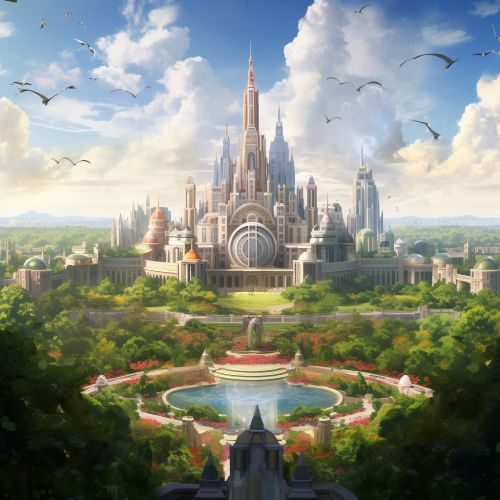Moscow State University
History
Moscow State University (MSU) was established on January 25, 1755 by Mikhail Lomonosov, a prominent Russian scientist and polymath. The university was originally located in the Principal Medicine Store on Red Square. In 1785, the university was renamed to Moscow Imperial University. During the 19th century, it became a significant educational center, developing into a complex of study and research laboratories, an astronomical observatory, and a library.
In 1911, following a student protest, the university was closed and was not reopened until 1917, after the February Revolution. In the post-revolutionary period, the university was renamed again, this time to Moscow State University. The university underwent significant changes during the Soviet period, with numerous new faculties and departments being established.
In 1953, the university moved to its current location, a new campus on Sparrow Hills. The central building of MSU, a towering skyscraper, is one of the Seven Sisters, a group of seven skyscrapers in Moscow designed in the Stalinist style.


Faculties and Departments
MSU comprises a total of 39 faculties and 15 research centers. Some of the most notable faculties include the Faculty of Mechanics and Mathematics, the Faculty of Physics, the Faculty of Chemistry, the Faculty of Biology, the Faculty of Bioengineering and Bioinformatics, and the Faculty of Fundamental Medicine.
The university also has a Faculty of Global Studies, which focuses on contemporary global issues and international relations. The Faculty of Economics is one of the leading economics schools in Russia. The Faculty of Law is renowned for its rigorous academic program and high-profile alumni.
Research
Research at MSU is conducted in a wide range of fields. The university is known for its pioneering work in physics, chemistry, mathematics, and biology. It has made significant contributions to the fields of quantum mechanics, organic chemistry, and genetics.
The university's research facilities include the Sternberg Astronomical Institute, the Institute of Mechanics, the Institute of Nuclear Physics, and the Institute of Bioorganic Chemistry. MSU also operates several research vessels for marine research.
Campus
The MSU campus is located on Sparrow Hills, the highest point in Moscow. The campus includes the main building, several faculty buildings, research laboratories, dormitories, and sports facilities. The main building of MSU is one of the tallest educational buildings in the world.
The campus is also home to the University's Botanical Garden, which is one of the largest botanical gardens in Russia, and the MSU Museum of Earth, which showcases a vast collection of minerals and fossils.
Student Life
MSU has a vibrant student life with numerous student organizations, clubs, and societies. The university hosts various cultural and sports events throughout the year. MSU students also participate in several international competitions and conferences.
Notable Alumni
MSU has produced numerous notable alumni, including Nobel laureates, Fields Medal winners, politicians, and business leaders. Some of the most notable alumni include Andrei Sakharov, a Nobel laureate and nuclear physicist, and Garry Kasparov, a world chess champion.
